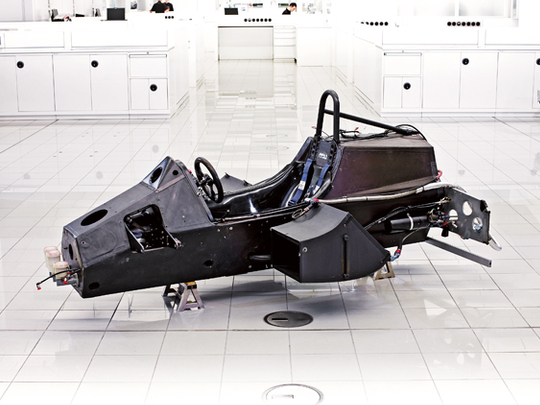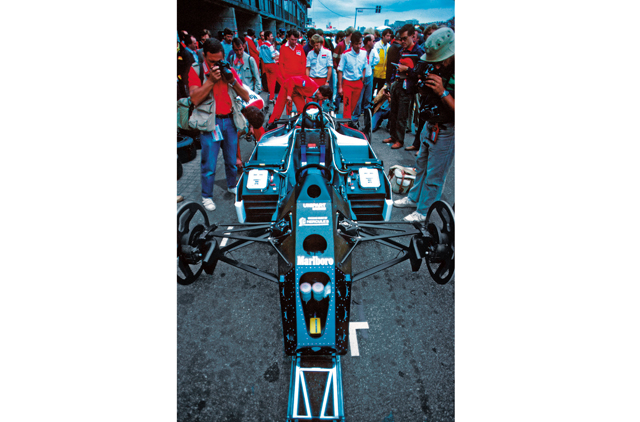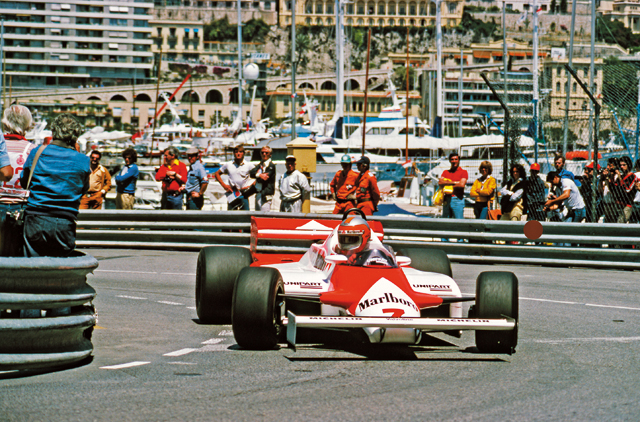
We’ve seen the future and it’s bright. Well, not exactly bright, more like lustreless, black, but the future is in a carbon-fibre monocoque chassis. That means that your hot-hatchback in 20 years time will come with a composite passenger-cell straight out of today’s Formula 1 cars, if Formula 1 cars carried five passengers.
Carbon-fibre chassis construction isn’t anything new, but as with every expensive and labouring process, it takes time to perfect, lower costs, and figure out mass-production methods. We still require the use of our own human hands for much of the process, and directional rigidity is a science in itself, so there’s much left to still figure out. But it will all be worth it one day when you chuck that Volkswagen Golf MkX into its first corner.
And who do we have to thank for this wonderful innovation? A bunch of scientists obviously, but the world was only interested in aeronautical applications of this material that’s stronger but lighter than steel. It took a Formula 1 team chasing wins in the early Eighties to really put carbon fibre on the map.
Ron Dennis, back when he was messing about with Formula 2 and GT racing, arguably pulled off his career masterstroke by convincing one John Barnard to join him in his newly acquired top-tier racing team, McLaren. In fact his convincing was so effective, Dennis didn’t even have to pay the ingenious designer…
In 1981 Barnard set about designing a winning F1 car, and with inspiration from a carbon-fibre rear wing he saw on a GT racing car, went looking for a company that could create a super-strong load-bearing racer car chassis out of the material. Naturally, his sears led him to an aerospace company called Hercules, that built McLaren the racing world’s first carbon-fibre monocoque chassis to Barnard’s exact specifications.
With Marlboro money McLaren rolled out the MP4/1 (today the M in MP4 stands for McLaren, but back then it stood for Marlboro) and the pair also managed to coax Niki Lauda out of retirement and teamed him up with John Watson, who promptly won the carbon-chassis’ first F1 victory at the British Grand Prix. A new era began, and everyone on the grid who had any hope of scoring points had to go full carbon fibre.
McLaren really began its steady climb to the sport’s top step that first year under Ron Dennis in 1981, but it was thanks to Ron Barnard and aerospace technology. Years later, it would be McLaren’s own composite expertise and experience that would end up benefiting the same aerospace industry, acting as consultants on all matters carbon fibre.













